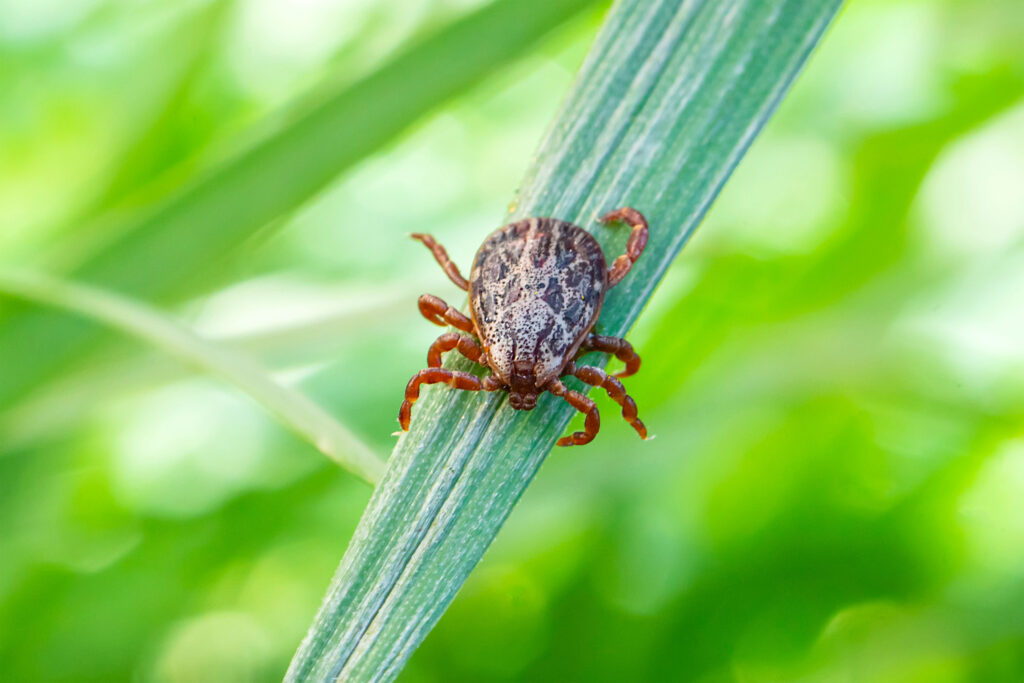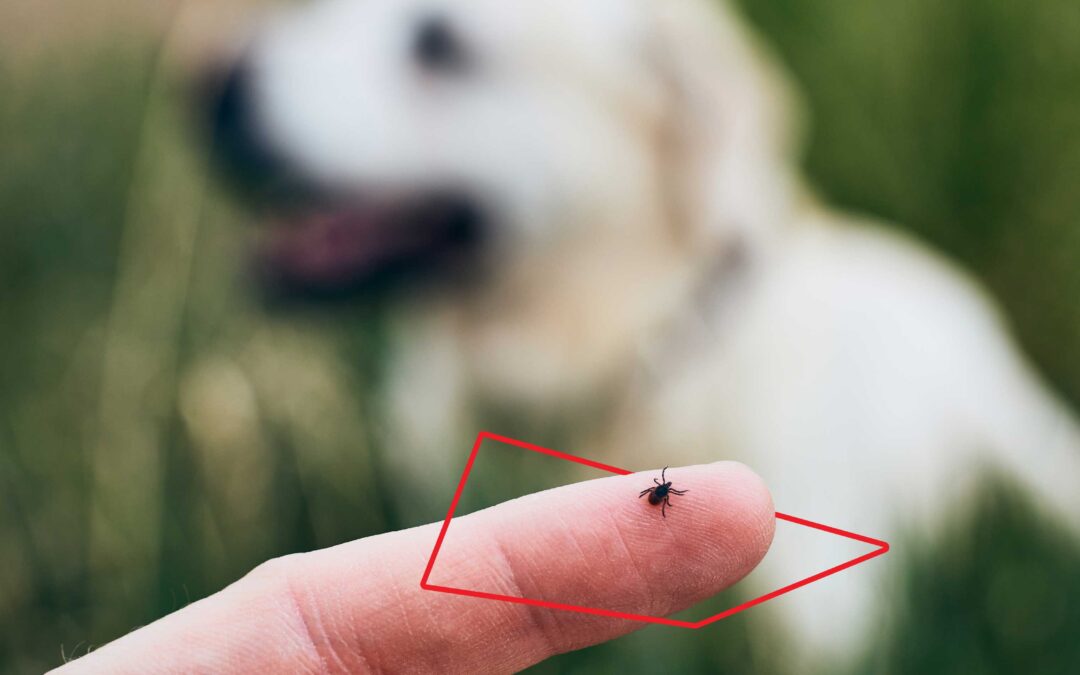Ticks are one of the most frequent external parasites in dogs and also one of the most annoying, since they generate an infection and irritation on the skin that causes them a lot of itching and completely alter their quality of life and well-being, in addition to being transmitters of diseases. Therefore, all the care is few for its prevention.
What are ticks?
They are not insects but arachnids, such as mites, scorpions and spiders. They attach with their jaws to the animal’s skin and prefer to stay in the areas where it is thinner, such as the neck, ears, around the tail, behind the front legs or between the hind legs, because it is easier for them to access the blood.
How can we prevent ticks?
Ticks are usually in areas covered with grass, among bushes, in the remains of vegetation or in wooded areas, but also in the gardens of our homes. They also proliferate in warm, humid environments that have many hours of daylight and their appearance usually coincides with spring and the hot months.
If your dog is in contact with these environments, it is important to check his fur frequently, because ticks can grab on to it and subsequently adhere to his skin.
To protect our pet against these parasites it is important to treat both dogs and the environment through preventive antiparasitic products. There are different application methods such as necklaces, pipettes, pills, sprays, lotions, powder or shampoos that can be used individually or in combination. All of them usually include in their composition fipronil, permethrin or pyriproxyfen that, in addition, usually cover against other similar parasites such as fleas or lice.
However, it is always advisable to consult a veterinarian before starting a treatment of these characteristics.

Symptoms in dogs
Unlike other parasites or insects, ticks do not leave bites and detach, but remain attached to the animal’s skin feeding on its blood flow.
Once the tick bite has occurred, the dog will begin to scratch frantically, not only with his paws but sometimes also with his teeth, due to the uncomfortable and constant itching they feel in the areas where these parasites settle, so he will not stop trying to relieve this discomfort.
It is also clear evidence of the appearance of a spill on the animal’s skin, even creating bruises. In cases of very intense and continuous infestations, they can cause more or less severe anemia, caused by blood loss.
How to get rid of ticks
Once we have found the tick on our pet’s skin, we can use the help of tweezers (there are special ones for ticks, sold in pharmacies) to catch the parasite from the part closest to the skin and gently pull it up. Do not twist when trying to remove it to avoid that parts of the tick may remain attached to the body. Next, disinfect the wound it has caused on the skin and kill the tick to prevent it from returning to your dog. To get rid of it, immerse it in alcohol.
If you find a large number of ticks attached to your pet’s fur or find any complications, it will be necessary to take the dog to the veterinarian to seek the appropriate treatment.
To protect your dog from ticks and other health problems it is very important to observe his coat constantly and, above all, take care of his immune system with a rich and complete diet.


